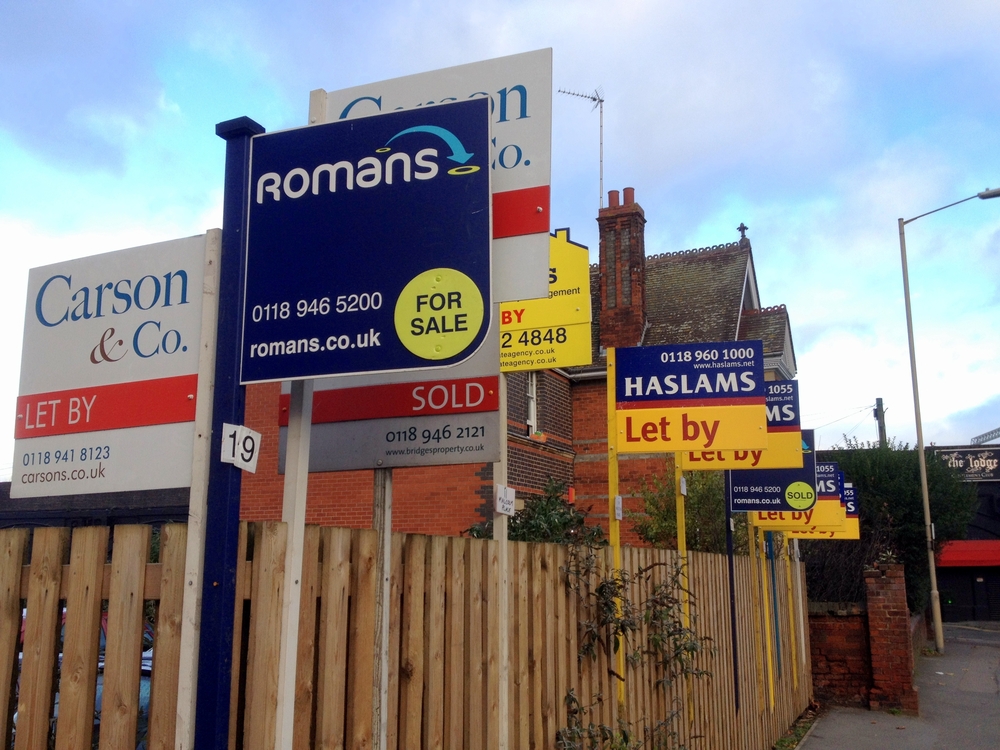News - Construction News
House prices slow in 2017

A review of the UK House Price Index 2017 has shown that the rate of growth has decreased.
With the rate of growth dropping from seven per cent in 2016 to 4.8% over 2017, the calendar year figures are resting at the lowest since 2013. And while house price growth slowed in 2017, transaction volumes for house purchases remained flat.
Although the national figures show a slow-down in growth, there is wide variation in growth rates between regions and countries. In some regions, there is very little variation in growth rates from 2016 to 2017, while in others the rate has nearly halved – such as in the south of England, going from 9.5% in 2016 to 5.1% in 2017.
However, when looking at these figures, one must bear in mind that there remains a large difference in terms of average house price levels across different regions. The average house price in the North East in December 2017 was £131,000 compared with £484,000 in London.
The slowdown in the south of England is most evident in London. Historically, house price growth in London has consistently been above that of the UK. However, since March 2016 there has been a sharp slowdown in the London house price annual growth rate which has continued to slow through 2017, with the UK-wide rate has exceeding that of London. While London house prices are now increasing at a much slower rate than seen historically it still remains by far the most expensive region of the UK.
The local area showing the largest annual growth in 2017 was Tendring, a district in north-east Essex where prices increased by 11.8%. This increase may be due to buyers relocating to the coast following the sale of more expensive properties elsewhere.
The lowest annual growth was recorded in the City of Aberdeen, where prices fell by 6.1%, which could be due to the impact of falling oil prices on the local economy.
Image: shutterstock
If you would like to read more articles like this then please click here.
Related Articles
More News
- Balfour Beatty awarded contract to build Scotland’s first net zero prison
24 Apr 24
Balfour Beatty has confirmed that it has been awarded a contract to construct the new
- Construction output decreased in February
23 Apr 24
The estimates show that monthly construction output is expected to have decreased 1.9% in volume
- Falling from height workplace injuries
22 Apr 24
Following the recent tragic news of Gogglebox star, George Gilbey's death is a stark reminder






